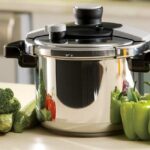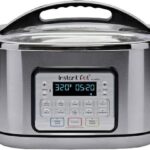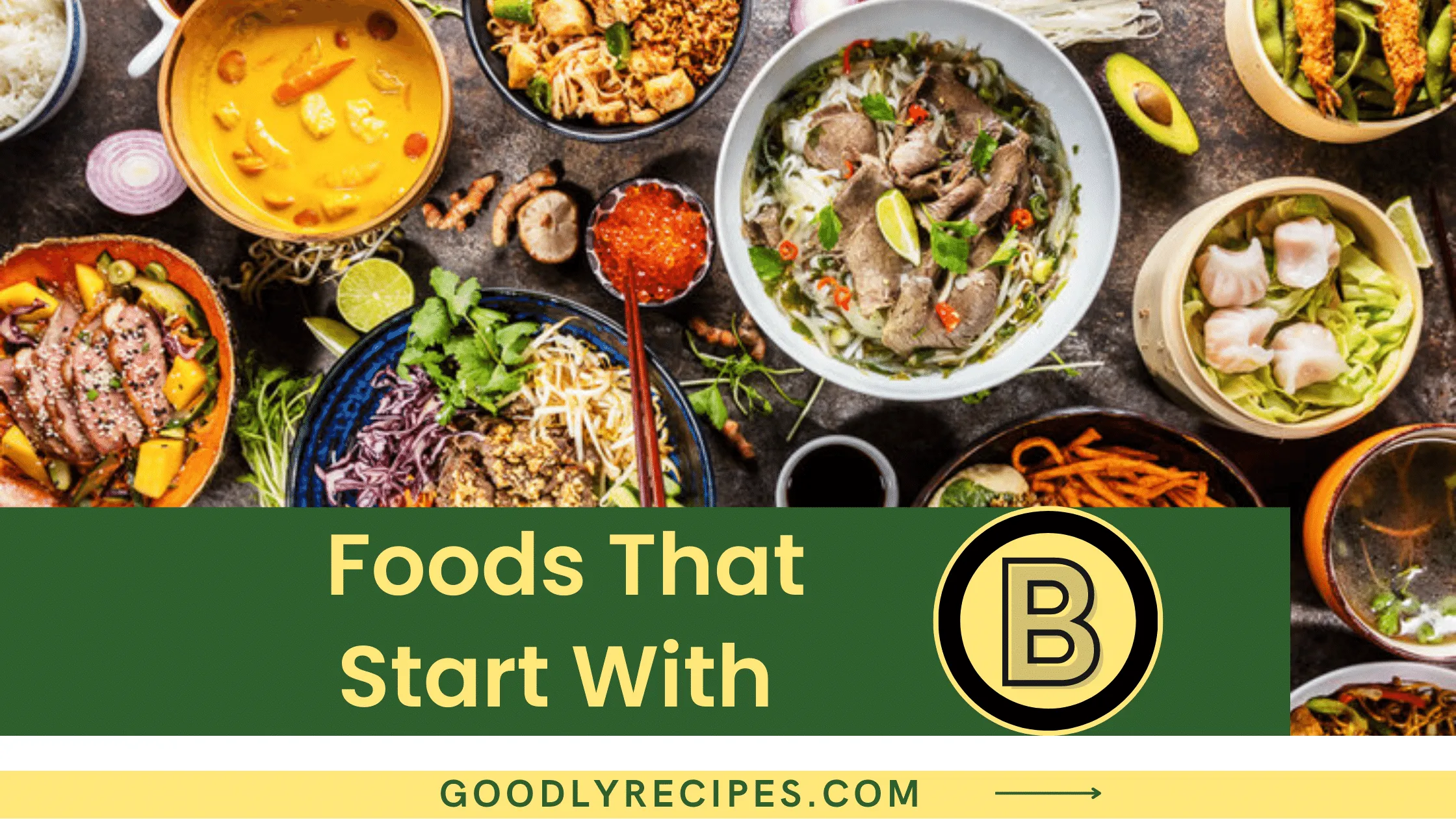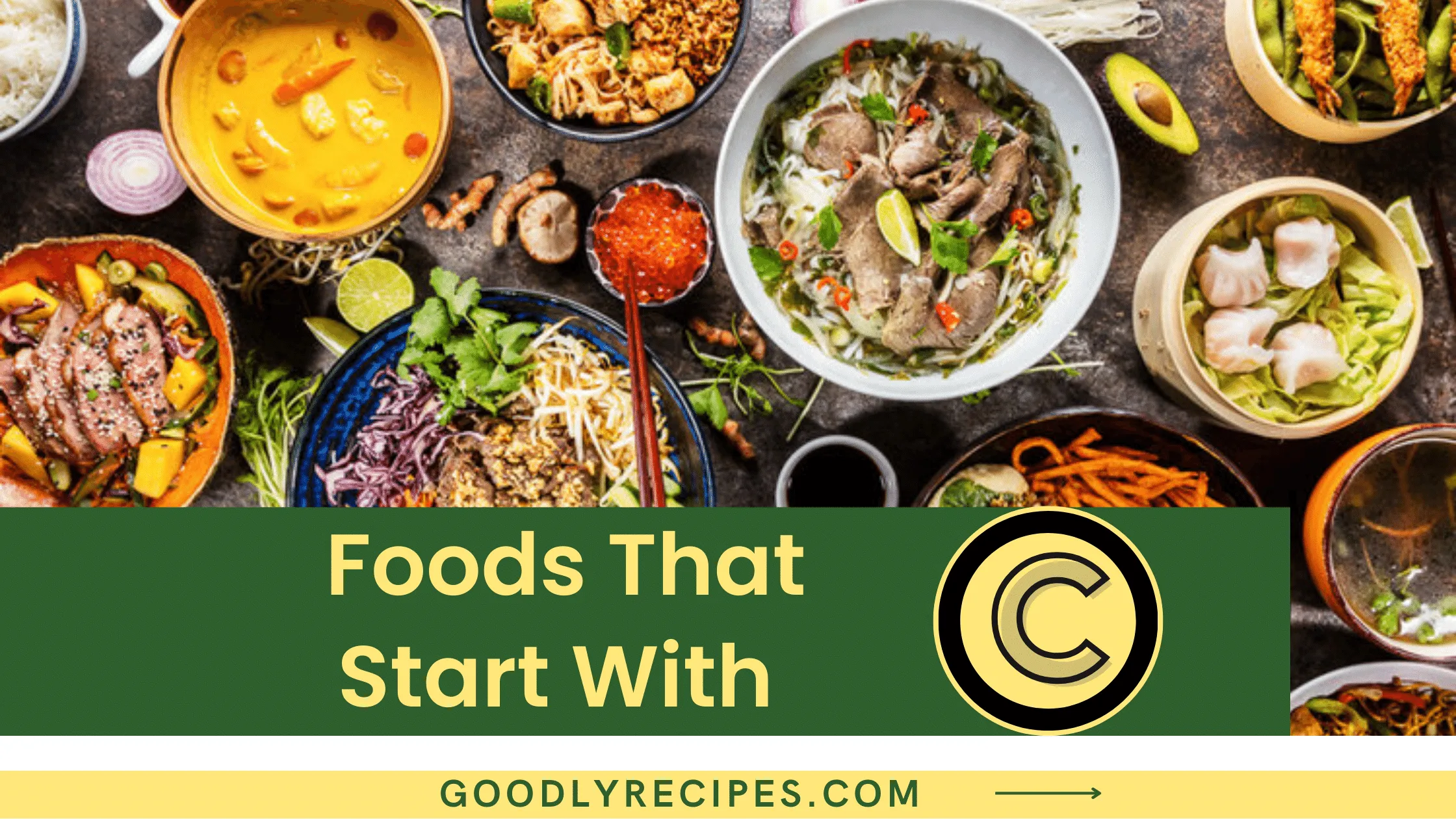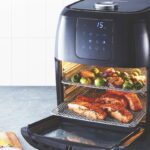Like many of you, i love using the pressure cooker! It’s transformed the way i cook by reducing my cooking time dramatically. Due to that, i came to the idea of frying in it and i quickly discovered that this was an entirely different ball game. If you’ve ever wondered about this yourself, you’re in the right place!
How does it work?
To grasp the concept of frying in a pressure cooker, first we need to understand how it works.
When sealed, it traps steam generated from boiling liquid (usually water) inside. This trapped steam increases the pressure, which in turn raises the boiling point of the liquid, leading to much faster cooking times.
Can You Fry in it?
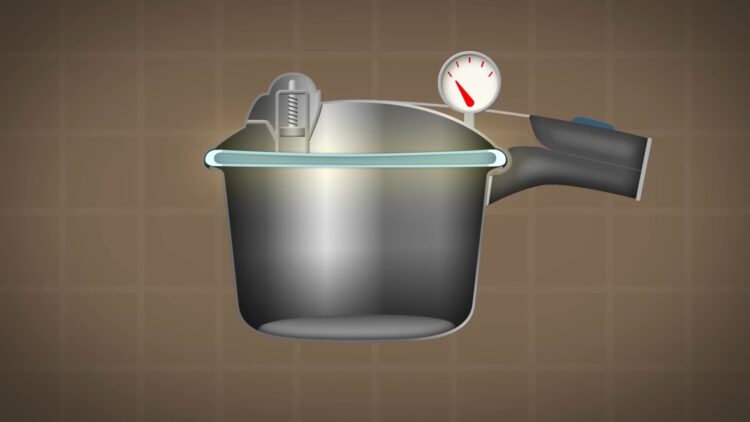
To answer the question directly: technically, yes, you can fry in it. However, it’s not the same as frying in a regular pan or deep-fryer, and it’s not always recommended. The reason lies in the differences between frying and pressure cooking.
Frying requires direct heat and a fair amount of oil to heat food rapidly and create that beloved crispy exterior. On the other hand, pressure cooking relies on steam heat, which isn’t conducive to creating crispy textures. The mechanisms at play are fundamentally different.
Risks and Dangers of Frying
While frying in this airtight pot sounds like a very interesting idea, it’s crucial to understand the risks and dangers associated with this cooking technique.
These cookers are designed for steam-based cooking, where water is heated to produce steam, generating pressure. However, when it comes to frying, we’re dealing with oil, a substance with different properties that can pose a significant risk if not handled appropriately.
One of the primary dangers of frying in it is the potential for excessive pressure build-up. If it is sealed with a considerable amount of hot oil inside, it could lead to dangerously high levels that the cooker may not be designed to handle. This could result in a sudden release of hot oil and steam, causing severe burns or other injuries.
Furthermore, hot oil can clog the safety valves of the pot, rendering them ineffective. Its safety features are designed to handle steam from water, not the vapors from hot oil. If these safety valves are blocked, the pressure has no means of escape, increasing the risk of an explosion.
For these reasons, it’s generally advised to avoid frying in a pressure cooker.
Tips for Safe Frying
If you choose to proceed, here are a few safety tips:
- Use a small amount of oil or butter – just enough to lightly coat the bottom of the pot.
- Use the sauté or browning function if there is one. This allows you to control the heat better.
- Always monitor the pressure cooker while sautéing to prevent food from burning.
- After sautéing, add liquid before sealing the pot for the pressure cooking phase. This prevents the pot from overheating.
- Lastly, always follow the manufacturer’s instructions for your specific model.
Accessories for Frying
If you’re still interested in pursuing frying in this type of cooker, certain accessories can help.
One essential accessory is a steamer basket or trivet. These tools can lift your food off the bottom of the cooker, helping to prevent burning and allow for more even heat distribution. For foods like vegetables or lean proteins, this ‘steam frying’ method can be a useful way to cook quickly while keeping the dish moist.
Another accessory to consider is a glass lid. This allows you to keep an eye on your food as it cooks, ensuring it doesn’t overcook or burn. While these methods won’t exactly replicate the crispy results of traditional deep frying, they provide an alternative approach to cooking in a pressure cooker that still maximizes flavor and texture.
Its safety Features
Modern pressure cookers come equipped with numerous safety features, such as pressure release valves and locking mechanisms, to prevent accidents. But these were designed with water-based cooking in mind. Hot oil can clog safety valves, rendering them ineffective.
Alternatives to Frying
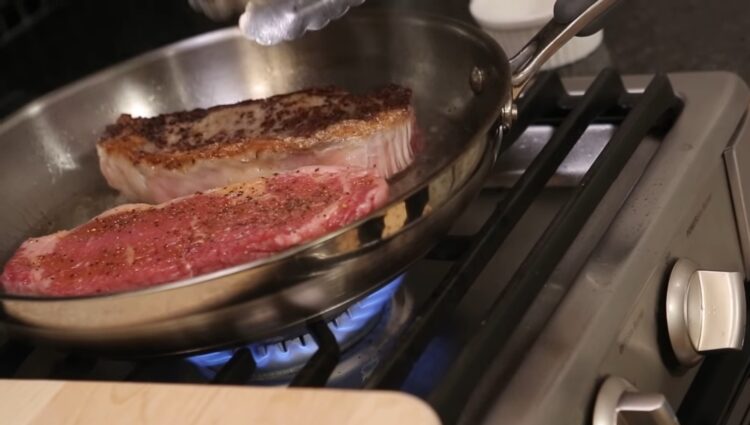
If you’re looking to replicate that delectable fried taste and texture, consider alternative cooking methods. Using an air fryer, oven-baking with a touch of oil, or pan-searing can provide similar results without the safety concerns associated with frying in a pressure cooker.
Here are some ideas!
Despite the differences, with the right recipes and expectations, you can create delicious meals using a variation of this method, often referred to as ‘steam frying’.
One such recipe is ‘steam fried’ vegetables. By sautéing your vegetables with a bit of oil (without the lid on), you can achieve a nice color and flavor. Then add a bit of water, close the lid, and let the cooker do its job. The result is a well-cooked dish with a texture somewhat between sautéed and steamed vegetables.
Another suitable recipe is lean proteins like chicken breasts (my favorite) or fish filets. You can sear the protein in a small amount of oil in the pressure cooker (lid off), add a little water or broth, then cook it for a few minutes. The final result is a moist, flavorful piece of protein, cooked in less time than traditional methods.
These techniques won’t yield the crispness of deep frying, but they offer a quick, healthy, and flavorful alternative.
Recipes that involve sautéing like stir-fries can also be adapted for pressure cookers.
FAQs
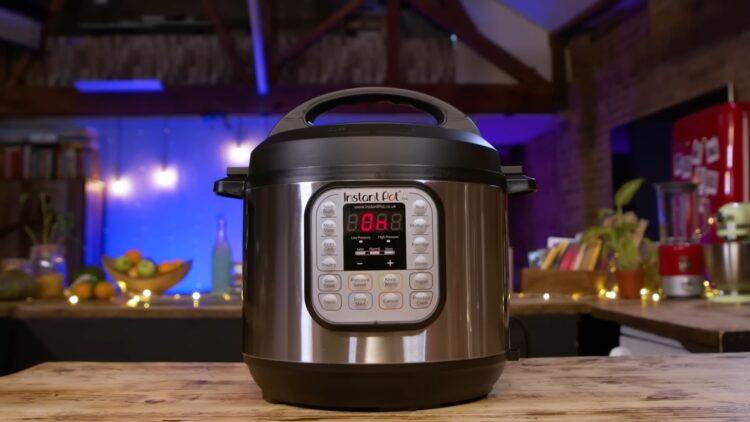
Can I use my pressure cooker as an air fryer?
Some modern pressure cookers come with an air frying function, but traditional ones cannot be used as air fryers.
Can I use olive oil in it?
Yes, you can use olive oil or any other cooking oil in small amounts for sautéing.
Can I use butter in a pressure cooker?
Yes, you can use butter for sautéing in a pressure cooker.
Can I fry eggs in a pressure cooker?
It’s not recommended to fry eggs in this cooker. However, you can make hard-boiled or soft-boiled eggs.
Can I fry bread in it?
It’s not recommended to fry bread. However, you can toast it lightly using the sauté function.
Final Thoughts
While the idea of frying in a pressure cooker might seem tempting, the risks involved and the difference in the underlying cooking mechanics make it a less desirable option. It’s fundamental to remember that pressure cookers and frying utilize different methods, with the former leveraging steam and the latter needing direct heat and oil.
While certain adjustments and precautions can be taken for a form of ‘steam frying’, it doesn’t replace traditional frying. Consider safer alternatives like air frying, oven-baking, or pan-searing to get that delicious fried taste and texture.
Happy cooking, everyone! Safety first!

